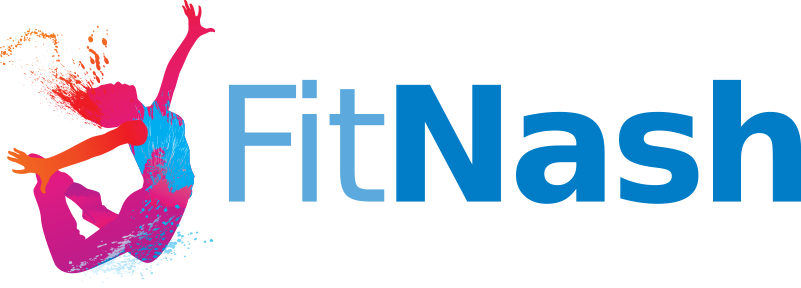If you’re a woman and you come to clinic, there are almost certainly two things we have talked about. Footwear, and bras! 👠👙
More often than not I, unfortunately, see women in ill fitting bras. Either they are completely the wrong size, wrong shape for their bodies, or just too tight.
You can see if a bra isn’t fitting properly because the bands and, or underwire / structural elements leave red marks on the skin when removed. In some cases it has been this way for many years and has resulted in distinct valleys being left – typically from the over shoulder straps – in the skin.
Other signs a bra is ill fitting might include pinching, discomfort or feeling like your chest is tight.
This last one is particularly important as it may indicate a change in your neuroregulation. Ill fitting bras can affect so much. Obviously your circulation locally (blood and lymphatic) can be significantly compromised, but can also be indicated in back and neck ache, headaches or heartburn. In extreme circumstances this can contribute directly to thoracic outlet syndrome.
They can also significantly restrict your breathing, and ability to generate intra abdominal pressure, by limiting the anterioposterior and lateral movement of the ribs, restricting full diaphragmatic breathing, affecting your neurology and forcing the body into compensation strategies, typically involving the neck muscles. It’s no surprise therefore, I see a correlation between those with tight bras, breathing dysfunctions and neck / shoulder / arm pain.
Bra sizes are affected by your overall weight, and your menstrual cycle. Increases in adipose (fat) tissue from general weight gain can mean either your cup size or chest circumference, or both increase, not by much initially, but potentially enough to mean a new size is required.
It’s also quite normal for your cup size to change (increase) around a week before your period is due, because the levels of progesterone and oestrogen increase after ovulation. They will usually return to normal after the onset of menses.
If you’re one of the 50% of women who’s breasts increase in size the week before your period, it could mean a different cup size is required during this phase of your cycle to prevent the issues discussed above.
Unfortunately, for some the increase in size is associated with tenderness or pain, and wanting to ‘strap them down’. This is regrettably the wrong thing to do.
There are times a tight bra can be useful however, particularly for larger breasted individuals. Sports, for example, mean that breast tissue can become uncomfortable, sore, or just a nuisance. On these occasions a compression or encapsulated sports bra is appropriate (depending on your need), but please take them off as soon after the activity as possible. Whilst they are designed with motion in mind more than your typical ‘everyday’ bra, once their purpose has been fulfilled they should be dispensed with.
This is an article I’ve been meaning to write for a while, so apologies to those who have been waiting on it 🤓

Image credit unknown
Experience the difference – A refreshingly different approach to pain and dysfunction, so you can breathe better, move better, to live better.
